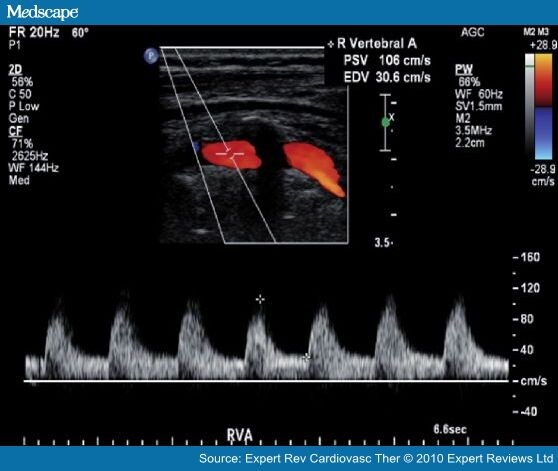
Ensuring Proper Infection Prevention Techniques With A Needleless IV Port
Preventing infection of needleless IV ports could save 30,000 lives a year. According to the Center for Disease Control, that is the number of annual patient deaths from catheter related bloodstream infections. Employing infection prevention techniques becomes paramount to prevent unnecessary patient mortality. So what how are patients protected?
Needleless IV ports are most commonly inserted when patients will be undergoing a continuous infusion regimen such as chemotherapy. Thus, a potential infection may occur each time the port is accessed to administer treatment. Infection prevention requires careful disinfection of the port following each use. Rigorous Best Practices protocols have been implemented nationwide to support a zero tolerance policy on catheter related bloodstream infections.
When inserting the needleless IV port, the infusion nurse is required to maximize a sterile barrier by using a surgical mask and gloves, and sterile drapes. To reduce infection risk the catheter should be placed in a subclavian vein instead of a femoral vein. And the needleless IV ports and dressings should only be changed out if absolutely necessary.
When utilizing a needleless IV port for patient treatment, the infusion nurse must disinfect the port prior to accessing it. The port connector must also be allowed to dry completely.
All of these measures rely on individual compliance and proper technique infection protection.
Now there are several devices clinicians can use to disinfect and protect needleless IV ports that reduce patient infection risk. These port protection devices contain a spongy center or foam pad that is saturated with a disinfectant solution. When secured onto the port, the device is compressed so that the treated sponge disperses the disinfectant, thoroughly cleansing the needleless IV port. The device remains attached to the port until the next treatment administration. Between treatments, patients benefit from added infection protection against airborne pathogens. In a white paper published by St. Francis Hospital of Columbus, Georgia, using a disinfecting device over manual disinfection procedures reduced bloodstream infection occurrences by 56 percent.
Needleless IV port protection devices offer consistent patient infection protection and provide hospitals with better compliance control for reducing catheter related bloodstream infection.

No comments:
Post a Comment